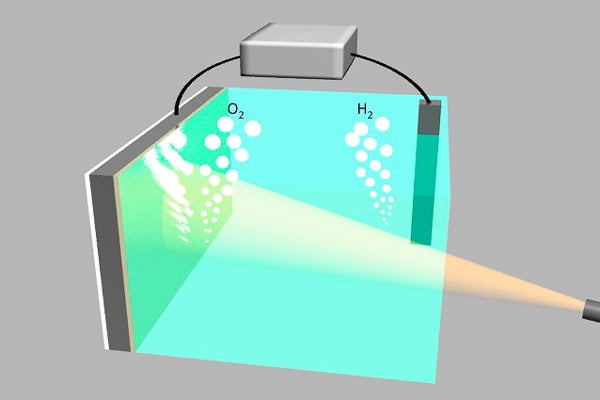NanOpinion is an organization which celebrates advancements in nanotechnology and helps spread awareness about it to the public.
Every year, NanOpinion holds the "Distilled NanoIdeas" Competition, for creative art works which promote Nanotechnologies.
Lidia Minza won the second Prize for the 16-18+ category of this competition with her poem.
Read it below!
(To find more information about other winners or to apply for next year's competition, click here!)
“The Wonders of food packaging"
I think nanotechnology is cool
I will use it in daily life
Because I’m not a fool
I’ll use it till it gets rife.
I will use it in packaging food
But it’s a complex process
So be very careful, dude.
Carefully it will lead to sucess.
Food packs have multiple functions
Not only information and amusement.
But they also have dysfunction
So they really need improvement.
Protection, appearance, freshness;
Those are barely satisfied.
A food package to be flawless
would be by nanco tech defined.
Oxygen causes oxidation
And that makes the milk go sour.
What an unpleasant situation!
We must get rid of it for sure.
We need less penetrable pack
With smart sensors inside of it
That can turn green or red and black
To show you how fresh’s the meat.
Vacuum packaging is really helpful
And active packaging is even better,
And biosensors would be successful
But first we need to solve the high price matter.
Food packages expect a revolution
To make them almost flawless I believe.
Nanotechnology is now the best solution
In all domains it would be a relief.
Patatoes, steak, fruit and pastry
Have nanotechnologic destiny!
Packed with freshness,
No longer tasteless,
Smart food packaging makes it all perfect.
Long time ago it was believed
That food from oxygen was deprived
Of all nutrional value and taste,
Lastly making it go to waste.
Today it is no longer the case!
Sustainable, safe and smart are
The three qualities that by far
Nano-packaging posseses.
It also easily compresses
Taste and nutritional values.
Active packaging helps protect
Food from microbial contact:
Not only is it intelligent
But also cost-efficient.
Well, isn’t that beneficent?
We need proficient sensors
To find temperature increase.
To approach with care
And our food to spare
From damaging air.
Its aim is reducing food loss,
With materials less dangerous
To human body and nature;
All for the sake of nurture.
Nano is the future!





















